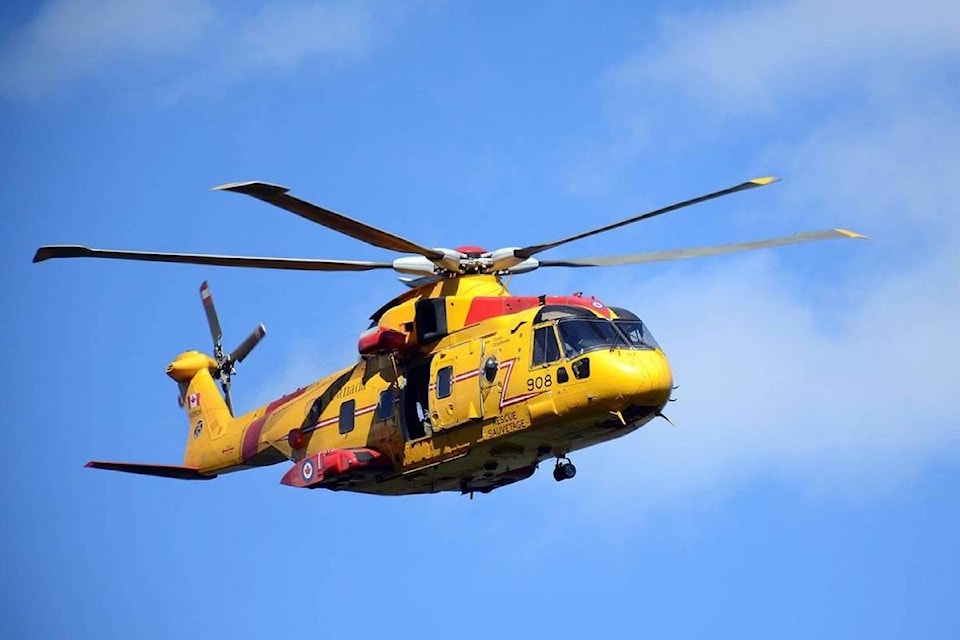The Royal Canadian Air Force and Civil Air Search and Rescue Association have launched the Cellular Airborne Sensors for their search and rescue (CASSAR) air crafts - the CC-130H Hercules. The technology is employed when a person is reported overdue or believed to be in distress. If their cellphone is turned on, has enough battery power and is not in airplane mode, a CASSAR equipped aircraft can identify and communicate with that person’s cell phone.
The technology allows the CASSAR air crafts to find the location of the missing person and enables tect of voice messaging to confirm a person’s condition and distress level, even without a cellular network.
“Canadian Joint Operations Command has responsibility for all Canadian Armed Forces Search and Rescue operations for an aeronautical and maritime search and rescue area that extends over 18 million square kilometres. With such a vast area, an enabling technology like the CASSAR system augments the existing search and rescue capability, reduces search time, and improves outcomes; a positive addition to search and rescue operations,” said Lieutenant-General Steve Boivin, Canadian Joint Operations Command.
The CASSAR system has already proven itself successful within the search and rescue (SAR) community when used on a rescue mission on June 8, 2024 when a boat with five people onboard was reported overdue. Crews from 14 Wing Greenwood were able to locate the missing boat using the CASSAR system.
This new technology is designed to help locate individuals quicker while saving valuable time in a distress situation and improving search outcomes.
“The Royal Canadian Air Force is always ready to support the Canadian Armed Forces’ enduring search and rescue requirements in support of federal, provincial/territorial, and municipal organizations, as well as air, ground, and maritime volunteer search and rescue organizations. Together we help those in distress. We are extremely pleased with what CASSAR has to offer to our crews and are equally as pleased to see it in action, as it enhances our crews’ collective search and rescue capabilities – this is a capability that will surely save lives,” said Major-General Chris McKenna, 1 Canadian Air Division Commander
The CASSAR will only be used for search and rescue purposes, to locate and communicate with people reported missing and believed to be in distress. CASSAR does not intercept any personal data and cannot retain information beyond the deployment of the mission.



